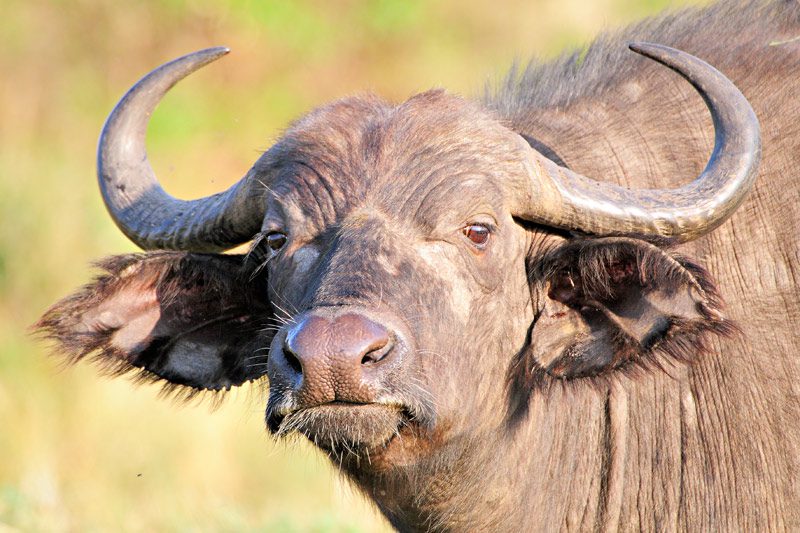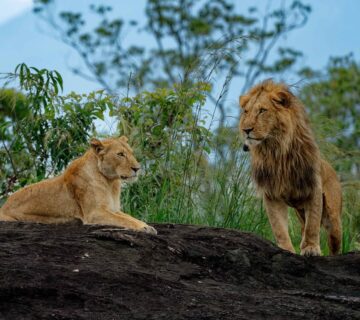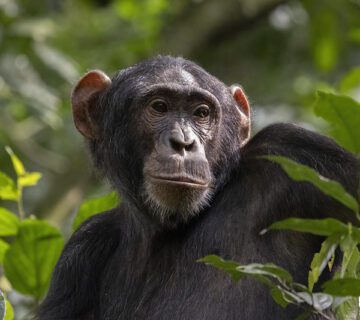Kenya, known for its rich biodiversity and stunning landscapes, is home to some of the world’s most iconic wildlife—the Big Five. These magnificent creatures, including the African lion, African elephant, Cape buffalo, leopard, and rhinoceros, have captured the imagination of wildlife enthusiasts and adventure seekers from around the globe. In this article, we will delve into the significance of the Big Five in Kenya, explore the best places to see them, understand their characteristics, and discuss the conservation efforts aimed at protecting these majestic species.
What is the significance of the Big Five in Kenya?
Understanding the iconic wildlife
The term “Big Five” originally referred to the five most challenging animals to hunt on foot in Africa. Today, it has become synonymous with the must-see safari animals – the lion, elephant, buffalo, leopard, and rhino. These animals are not only emblematic of the African savanna but also play a vital role in maintaining the ecological balance of their habitats.
Why are they called the Big Five?
The moniker “Big Five” was coined by big game hunters and has since been embraced by wildlife enthusiasts and tourists alike. These animals were considered the most dangerous and difficult to hunt on foot due to their unpredictable behavior and solitary nature. However, in the context of wildlife tourism, the term highlights the significance and allure of encountering these magnificent creatures in their natural habitat.
Conservation efforts for the Big Five
Given their iconic status and the threats they face, there are significant conservation efforts in place to protect the Big Five in Kenya. From anti-poaching measures to habitat preservation, various organizations and government initiatives aim to ensure the survival of these majestic species for future generations to appreciate and admire.
Where are the best places to see the Big Five in Kenya?
Exploring the Maasai Mara National Reserve
The Maasai Mara National Reserve is renowned for its abundant wildlife and is one of the prime destinations for witnessing the Big Five in their natural habitat. The sweeping savannas and plains provide the perfect backdrop for unforgettable encounters with these iconic animals.
Discovering the Amboseli National Park
Home to large herds of elephants, the Amboseli National Park offers breathtaking views of Mount Kilimanjaro and an opportunity to witness the majestic African elephants, along with other members of the Big Five, in a stunning natural setting.
Encountering the Tsavo East National Park
Tsavo East National Park, with its diverse landscapes and abundant wildlife, offers remarkable opportunities to see the Big Five, including the elusive leopard and the endangered black rhinoceros. The park’s rugged terrain and vast wilderness make it an ideal safari destination for wildlife enthusiasts.
What are the characteristics of each of the Big Five animals?
Spotting the majestic African Lion
The African lion, known for its regal mane and powerful presence, is often spotted lounging under acacia trees or prowling the grasslands of Kenya. These big cats are among the most sought-after sightings during an African safari.
Observing the towering African Elephant
The African elephant, the largest land animal, roams the savannas and forests of Kenya in search of food and water. With their remarkable intelligence and social structures, observing these gentle giants in the wild is a truly unforgettable experience.
Admiring the elusive Leopard
The elusive leopard, renowned for its stealth and dappled coat, offers a thrilling challenge for wildlife enthusiasts aiming to spot all members of the Big Five. Their solitary and nocturnal nature adds to the allure of encountering them in the wild.
Encountering the formidable African Buffalo
The African buffalo, also known as the Cape buffalo, is a formidable and gregarious member of the Big Five. Their massive horns and imposing stature make them an iconic sight during a safari in Kenya.
Witnessing the endangered Black and White Rhinoceros
The black and white rhinoceros, critically endangered due to relentless poaching for their valuable horns, are the most endangered members of the Big Five. Seeing these magnificent creatures in the wild is a poignant reminder of the fragility of their existence.
How can tourists experience the thrill of a safari in Kenya?
Choosing the right safari tours
When planning a safari in Kenya, selecting the right tour operator and safari package is essential for an enriching and responsible wildlife experience. Opting for eco-friendly and ethical safari tours ensures that tourism contributes to wildlife conservation and local communities.
Understanding the significance of guided safaris
Guided safaris not only provide valuable insight into the behavior and ecology of the wildlife but also ensure the safety and well-being of both visitors and the animals. Well-trained guides enhance the quality of the safari experience and promote responsible wildlife viewing.
Respecting wildlife and their natural habitat
Responsible tourism involves respecting the natural habitat of wildlife and adhering to ethical guidelines for wildlife encounters. Minimizing disturbances, avoiding littering, and following designated safari tracks are crucial in preserving the integrity of the ecosystems and the well-being of the wildlife.
What are the conservation efforts to protect the Big Five in Kenya?
Challenges of poaching and anti-poaching measures
Poaching remains a significant threat to the survival of the Big Five, particularly the rhinoceros, due to the illegal trade in their horns. Anti-poaching efforts, including heightened surveillance and community involvement in wildlife protection, are crucial in combating this illicit activity.
Preservation of natural habitats and wildlife corridors
Conserving the diverse habitats that the Big Five depend on is paramount for their long-term survival. Establishing wildlife corridors and protected areas ensures that these species can roam freely and access essential resources without facing the pressures of habitat loss and fragmentation.
Community involvement in wildlife conservation
Engaging local communities in wildlife conservation not only fosters a sense of stewardship but also provides economic incentives for preserving wildlife and natural habitats. Community-based initiatives, such as ecotourism and sustainable livelihood programs, play a pivotal role in safeguarding the Big Five and their ecosystems.





